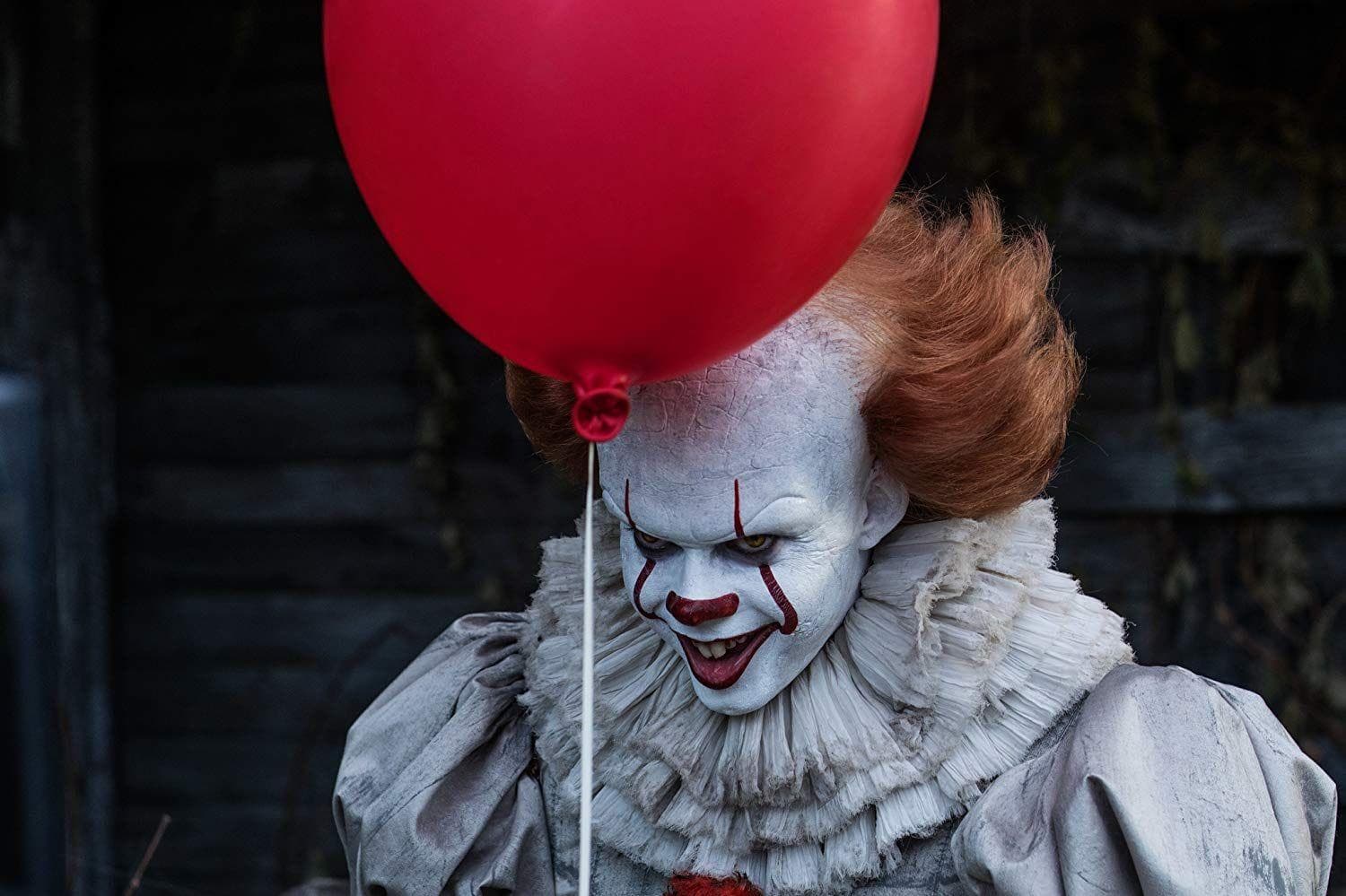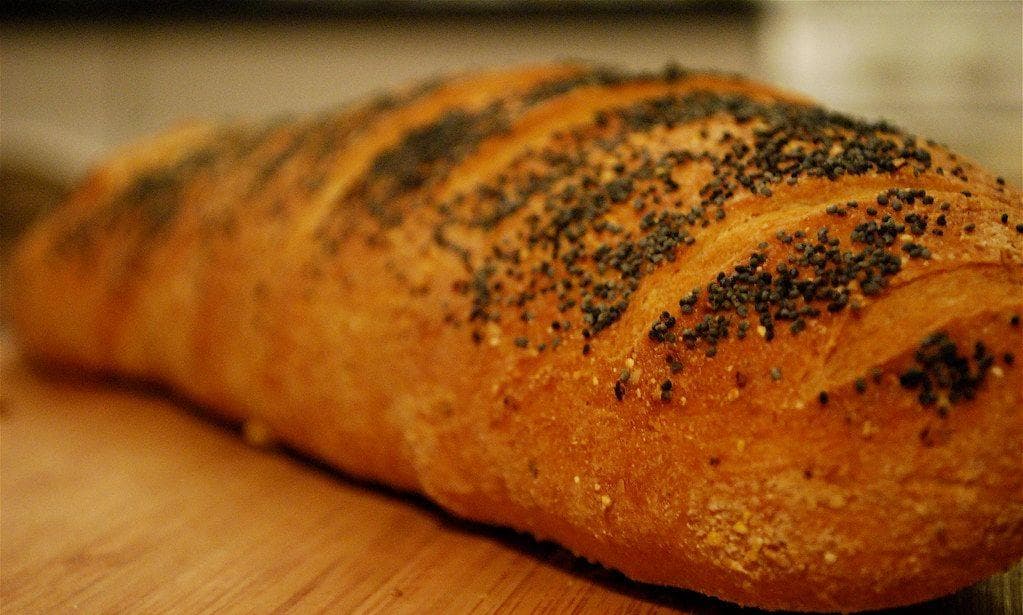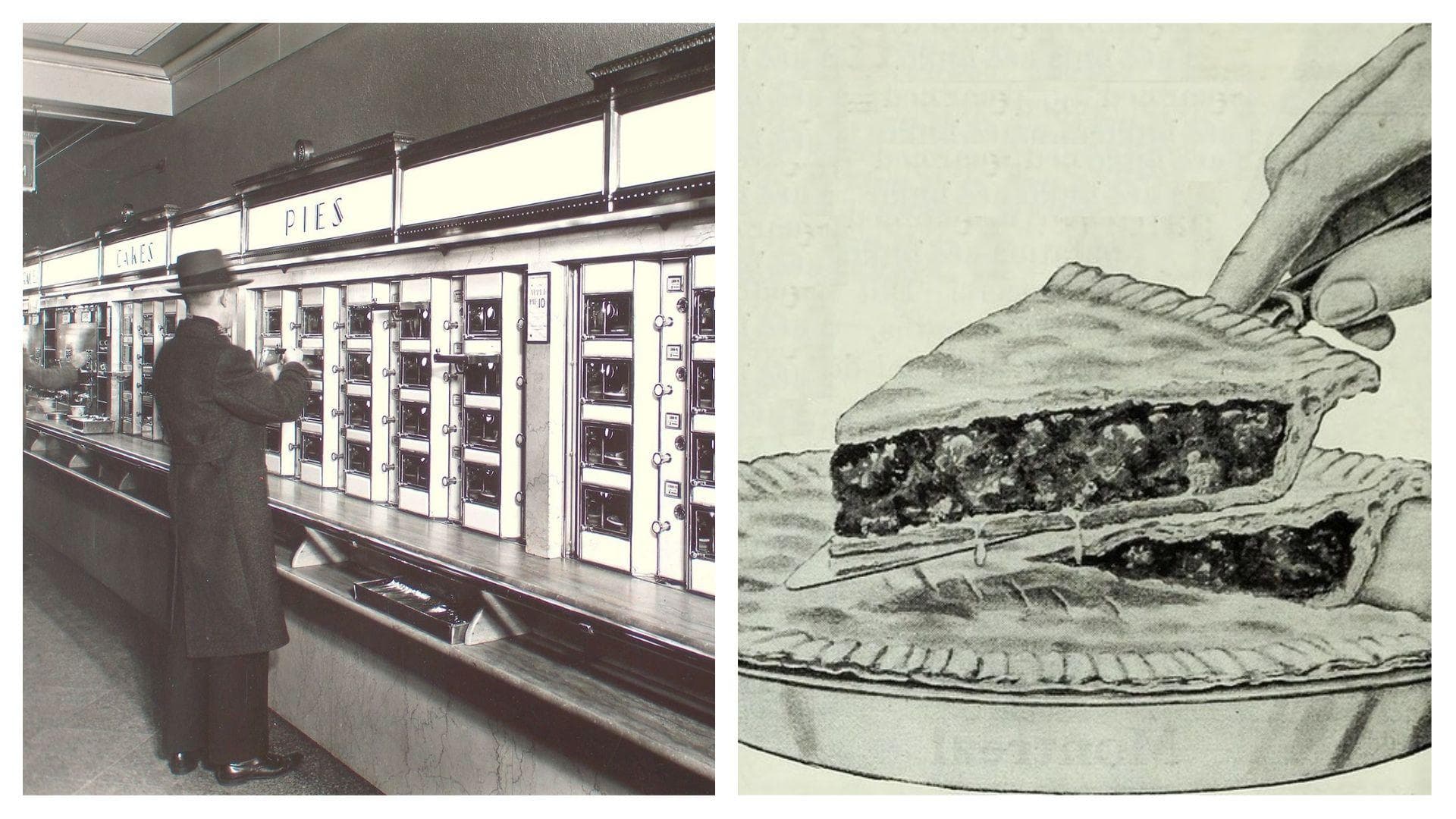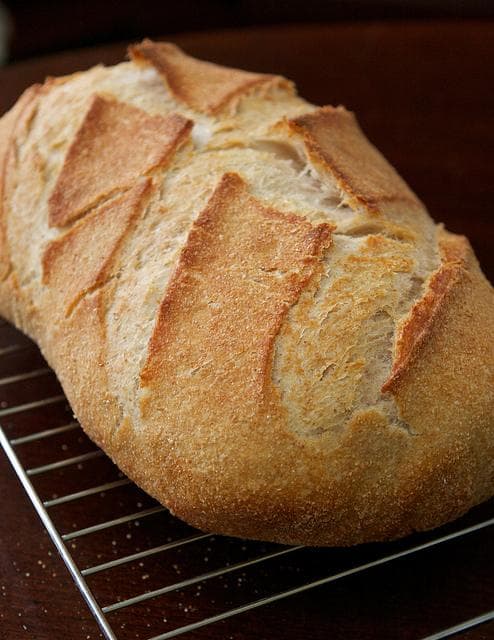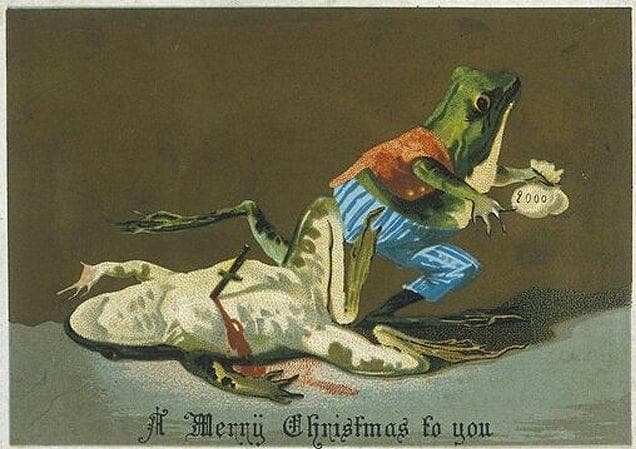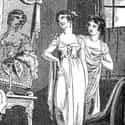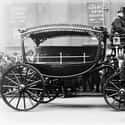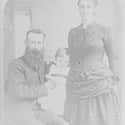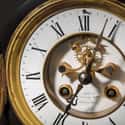-
(#16) The Body Was Taken Out Feet First To Prevent It From Calling Out To Others
Just like the color black, Victorians were also enshrouded in bizarre and superstitious customs. One such tradition even dictated how the deceased was to be removed from the residence. The body was always taken out of the house feet first.
It was believed that if carried out head first, the deceased could see where the house was and return to haunt it. Additionally, the spirit that has not yet been laid to rest would be able to beckon other spirits or lure the living to their own demises.
-
(#10) Families Started Saving For Funerals While Their Relatives Were Still Alive And Healthy
Previously, post-life services were arranged between the family and the church and were small private affairs. In the Victorian age, a burial ceremony was expected to be a long, elaborate, and public process - requiring a director, hired black horses for the hearse, elaborate floral displays, invitations, crêpe, pallbearers, professional mourners, photographs, and a large feast for mourners.
Families, particularly among the lower classes, began to set aside funds for an impending passing and the subsequently required pageantry. Many times the family might refuse to dip into the funerary fund for basic daily necessities, ironically causing the death of a family member. According to Join Me in the 1900s:
The stigma of a pauper's burial was so great that families would go without food and heating in order to put by a penny a week for each child, two for the mother and three for the father towards funeral expenses.
-
(#15) Mirrors Were Covered To Prevent Those Passed From Being Trapped
There was a widely held superstition that mirrors could trap the deceased person, so all the mirrors in the house would be covered in black cloth. Some also argued this helped prevent vanity among the bereaved living in the house. Essentially, the focus would be completely on those who passed and not those who were still living.
Often, family photos and paintings would also be turned upside or turned to face the wall.
-
(#21) Families Joined Burial Clubs To Afford Burying Their Loved Ones
The Anatomy Act of 1832 was passed to provide cadavers to the scientific community in the most cruel way. A relative had seven days to arrange for a coffin and burial or the body of someone who passed in an asylum, workhouse, or prison would be donated to a teaching institution. Religious beliefs fanned the flames of the fear of not having a fully intact body, ready for the resurrection. Robert Louis Stevenson's 1884 short story "The Body Snatcher" didn't help matters, either.
Burial clubs were created to help families of the lower classes pay for services, much the same way modern insurance policies function. Member paid weekly fees to cover expenses, no matter how long the person had been a member, with fees being based on age and type of ceremony.
-
(#19) Children Were Expected To Grieve A Deceased Parent For A Year
While parents had the freedom to mourn for a lost child as long as they desired to - which could be their entire lifetime - a child was expected to grieve a lost parent for nine months (deep mourning) and then three months (half mourning). The phases of deep and half mourning are similar to the widow, although the duration is half the expected time.
In the event of one's sibling passing, the brother or sister was expected to mourn for six months - three months deep mourning, three half mourning.
-
(#14) Clocks Were Stopped To Mark The Time Of Death
The strict rules for the mourning process called for the stopping of the clocks at the time of the passing to honor the moment the soul left this mortal coil. In doing so, the Victorians believed they were averting bad luck. Additionally, they believed this custom allowed the deceased to continue on to the next phase.
If the clocks were not stopped, then time would continue, thus allowing the spirits to remain in the present to haunt or endless roam in-between states of existence. After the deceased was laid to rest in the ground, then the clock could be uncovered and restarted. However, if the head of the house passed, the clock would never tick again.
New Random Displays Display All By Ranking
About This Tool
In the Victorian period, complicated mourning ceremonies became a traditional custom, so that society would humiliate those who did not follow the customs of tombs. Some of these rituals, such as meals after the funeral and surrounding the body of the deceased with flowers, are still practiced today. Victorians were not afraid to do something unusual mourning customs that disappeared after the end of the era.
In the Victorian era, it was very popular to commemorate the deceased. People would cut part of the deceased’s hair and make brooches, lockets, and garlands. There were even specialized craftsmen who made burial supplies on their behalf. The random tool lists 22 weird morbid death and customs.
Our data comes from Ranker, If you want to participate in the ranking of items displayed on this page, please click here.

